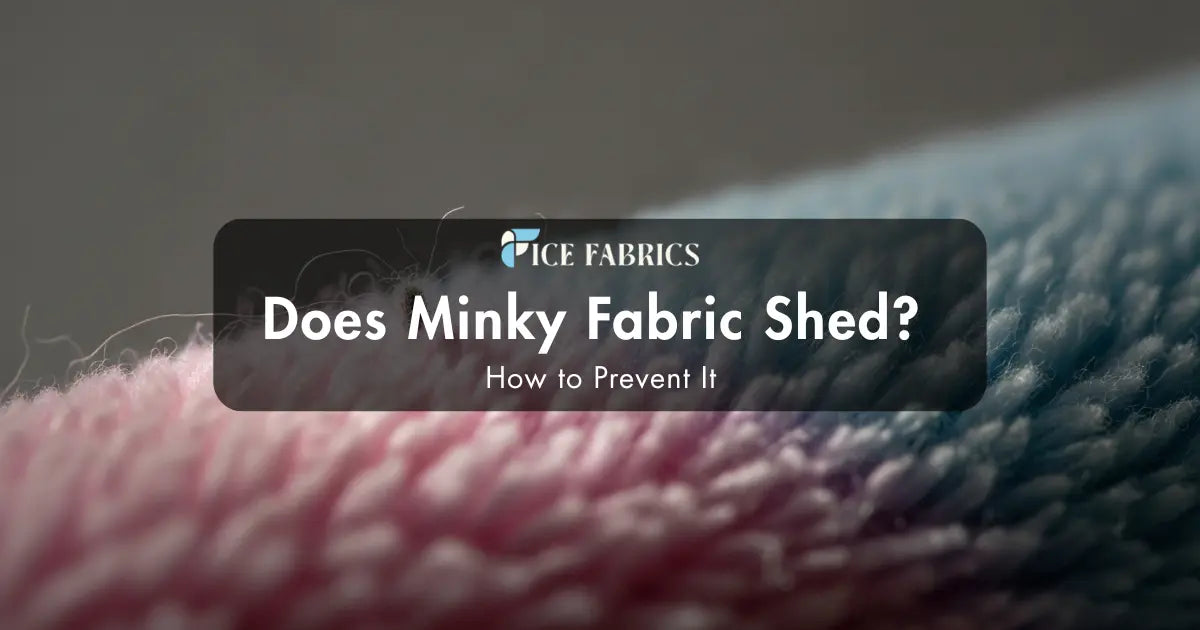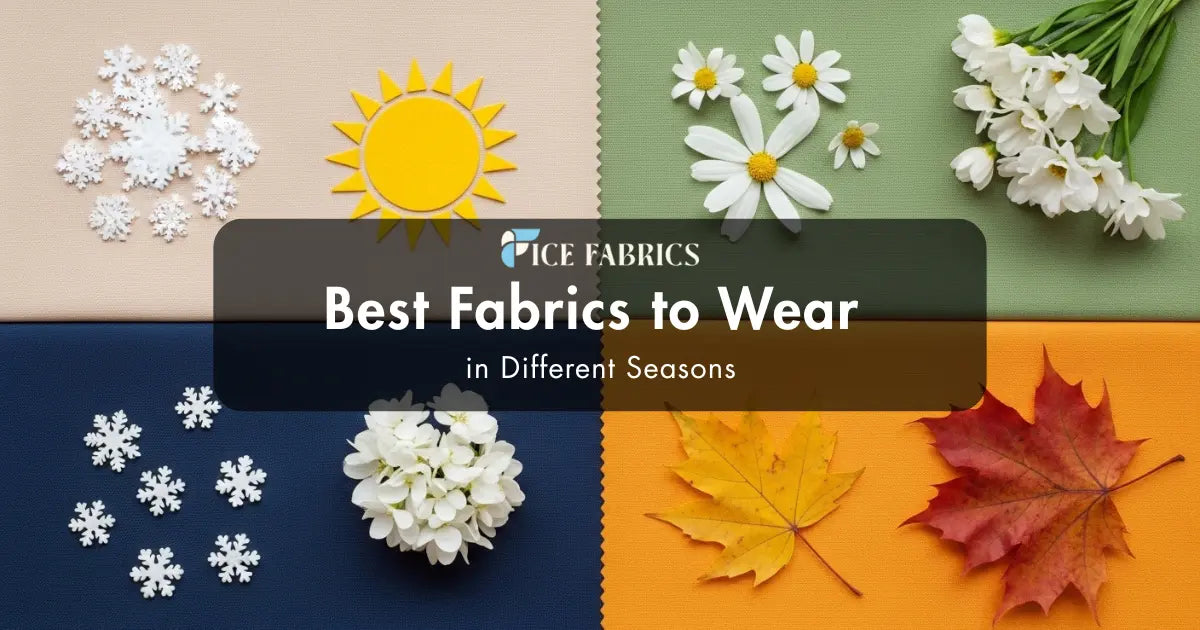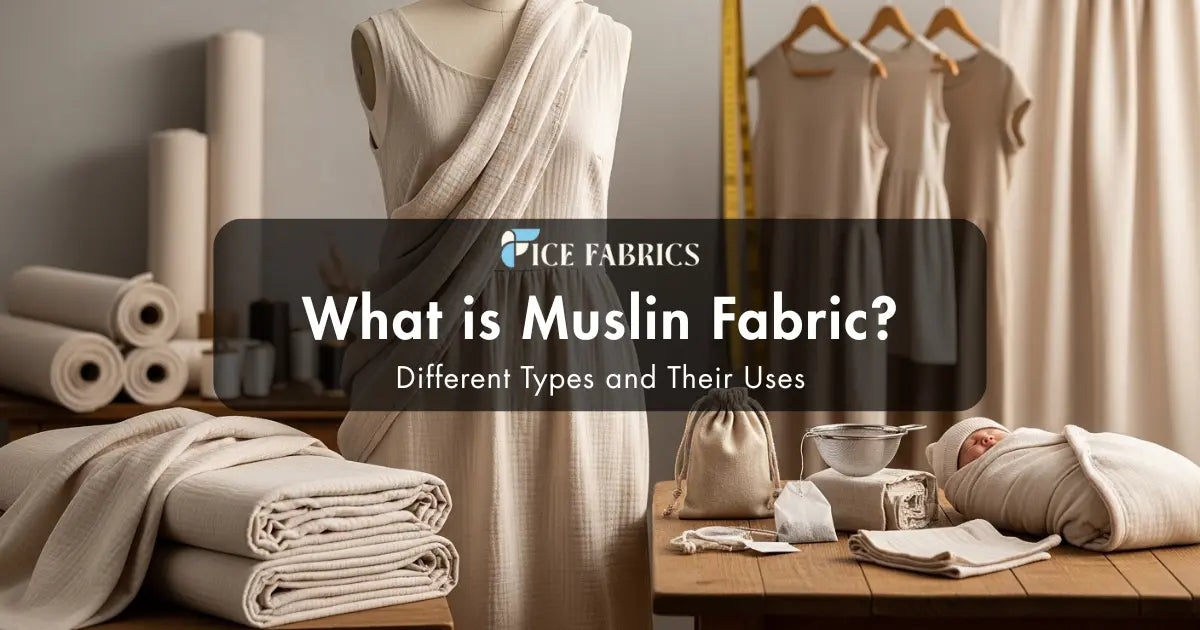If you’ve ever wrapped yourself in a super-soft baby blanket or cuddled a plush toy, chances are you’ve already experienced the cozy touch of Minky fabric. Known for its buttery texture and warmth, Minky has become a favorite choice for blankets, baby products, and even custom home accessories. But for many sewing enthusiasts and buyers, one common question comes up does Minky fabric shed, and if so, how can you prevent it?
This guide will walk you through everything you need to know about Minky, from what it’s made of and why people love it, to the reasons behind shedding and the best ways to care for it. If you’ve ever asked yourself whether shedding is normal, or how to stop it, you’ll find clear, easy-to-follow answers here.
What Is Minky Fabric?
Minky is a type of plush, synthetic fabric that feels incredibly soft and smooth to the touch. It is sometimes compared to fleece or velvet but has its own distinct features. Unlike natural fibers such as cotton or wool, Minky is designed to be more durable, lightweight, and silky.
What Is Minky Fabric Made Of
Minky fabric is usually made from 100% polyester fibers, which are tightly woven or knitted to give it its signature softness. The fibers are brushed and treated during manufacturing to create that luxurious “plush pile” texture that resembles faux fur.
The origin of Minky can be traced back to the growing demand for ultra-soft baby products. Parents wanted fabrics that were hypoallergenic, warm, and safe for sensitive skin, leading to the rise of Minky. Over time, its popularity expanded into the fashion and home décor industries.
Ready to create the coziest blanket ever? Read our complete guide on why minky fabric is perfect for blankets and bedding.
Common Uses of Minky Fabric
Because of its texture and versatility, Minky fabric by the yard is used in a wide range of items:
-
Baby blankets and accessories: Minky is loved for swaddles, crib sheets, and bibs because it is gentle on delicate skin.
-
Clothing: Jackets, robes, and loungewear often use Minky for a cozy finish.
-
Toys and stuffed animals: Plush toys made with Minky fabric are extra cuddly.
-
Home décor: From throw blankets to cushion covers, Minky adds warmth and comfort to living spaces.
Why Minky Is Popular
The popularity of Minky fabric comes from three main features that make it stand out from other textiles.
Softness: Minky is known for its incredibly silky, velvety texture that feels smooth against the skin. This makes it especially popular for baby blankets, stuffed animals, and loungewear, since it provides a comforting, soothing touch that many fabrics can’t match.
Warmth: Despite being lightweight, Minky has excellent heat-retaining qualities. The plush fibers trap warmth, which makes it ideal for chilly evenings, cozy throws, or winter accessories. Parents often choose Minky for baby bedding because it keeps little ones warm without feeling too heavy.
Durability: One of the biggest advantages of high-quality Minky is its strength. Unlike some natural fabrics that lose shape or wear thin over time, Minky holds up well after repeated washing and daily use. It resists pilling and fading, meaning a blanket or garment made from Minky fabric by the yard can look and feel new for years.
Whether you prefer standard plush Minky or Minky dot fabric with raised textures, it delivers both comfort and style, making it a go-to choice for sewers, designers, and families alike.
Does Minky Fabric Shed?
One of the biggest concerns buyers and sewers face is whether Minky fabric sheds. The answer is both yes and no, it depends on the type of fabric, how it’s handled, and how it’s cared for.
Why Some People Notice Shedding
Shedding happens when the fibers of the plush pile come loose from the base of the fabric. Because Minky is made of polyester, the fibers are generally secure, but cutting, washing, or poor-quality production can sometimes cause loose strands.
When Shedding Usually Happens
Shedding with Minky fabric is usually limited and happens during a few specific stages of use.
Cutting and sewing: When you cut into Minky fabric by the yard, the raw edges may release loose fibers. This is normal because the plush pile gets trimmed, and the excess has nowhere to hold. Many sewing enthusiasts in places like Los Angeles, New York, and other fabric hubs recommend using a rotary cutter to reduce mess while working on custom Minky fabric projects.
First washes: A brand-new Minky blanket, clothing piece, or toy may shed a little during the first wash. This is usually just loose fibers from the manufacturing and cutting process. After one or two washes, the shedding typically stops if you’re caring for the fabric properly.
Regular use: With daily wear and friction, such as cuddling, folding, or rubbing against other fabrics, small fibers may loosen over time. This is more noticeable with low-quality wholesale Minky fabric, while high-grade options shed far less and maintain their plush feel.
Is Shedding Normal or a Defect?
A little shedding when cutting or during the first wash is normal and not a sign of defective fabric. However, if the shedding continues after multiple washes and the fabric starts to look thin, it could be a sign of poor-quality Minky wholesale fabric.
Causes of Shedding in Minky Fabric
Shedding doesn’t happen without reason. Understanding the causes can help you prevent it and keep your fabric in good condition.
Fabric Construction and Fibers
Since Minky is made from polyester, the way fibers are knitted and brushed affects shedding. Loose construction or shorter pile fabrics are more likely to release fibers.
Cutting or Sewing the Fabric
When cutting custom Minky fabric, the raw edges may release fibers. This isn’t permanent shedding, it’s just loose fibers from the cut edges. Using the right cutting tools can minimize this.
Washing and Drying Mistakes
Hot water, strong detergents, and high-heat drying can weaken the fibers, leading to shedding and matting. Incorrect care is one of the biggest reasons why people notice long-term shedding.
Poor-Quality or Cheap Minky Fabric
Not all Minky is the same. Low-cost Minky fabric by the yard might look soft at first but may shed excessively due to weaker fibers and poor manufacturing.
How to Prevent Minky Fabric from Shedding
The good news is that you can prevent shedding with the right care and handling.
Pre-Wash and Proper Handling
Some people recommend pre-washing Minky fabric by the yard before sewing. While it’s not always necessary, gentle pre-washing can help reduce loose fibers. Handle carefully when cutting to avoid unnecessary shedding.
Washing Tips
To keep your Minky soft and shed-free:
- Wash on a gentle cycle
- Use cold water
- Add a mild detergent without harsh chemicals
Drying Tips
Minky fabric responds best to air drying. If you must use a dryer, select a low-heat tumble setting to protect the fibers.
Cutting Techniques to Reduce Fraying
Sharp scissors or a rotary cutter can minimize fraying. Cut slowly to keep fibers from scattering. For sewers, cleaning your workspace after cutting is important to avoid stray fibers sticking to everything.
Using Lint Rollers or Fabric Shavers
A simple lint roller can remove any stray fibers after cutting or washing. Fabric shavers can also help keep older Minky items looking neat.
Choosing High-Quality Minky Fabric
The easiest way to avoid shedding is to start with high-quality Minky wholesale fabric. Better fibers and weaving mean less chance of fraying or shedding.
Caring for Minky Fabric Long-Term
Shedding is just one part of fabric care. To keep Minky soft and beautiful for years, proper maintenance is key.
How to Wash Without Losing Softness
Wash in cold water, use a gentle detergent, and skip fabric softeners they can leave residue that makes Minky feel less soft.
How to Store Minky Items Properly
Store in a cool, dry place. Avoid direct sunlight, which can fade the fabric over time. Folding blankets neatly helps prevent creases and matting.
Tips for Keeping It Fluffy and New-Looking
After washing, you can use a gentle fabric brush to “fluff up” the fibers. This helps maintain that brand-new look and prevents matting.
Is Shedding a Sign of Poor Quality?
Sometimes, people confuse normal loose fibers with bad fabric. Here’s how to tell the difference.
How to Tell Good vs Cheap Minky
High-quality Minky fabric feels thicker, has a consistent pile, and sheds minimally. Cheap alternatives may feel thin, shed excessively, and lose softness after a few washes.
Investing in Quality Fabric for Better Results
While wholesale Minky fabric can be affordable, investing in premium options ensures durability and long-term softness. A little more upfront cost means fewer problems with shedding and longer-lasting results.
Best Alternatives to Minky Fabric for Sewing Projects
While Minky fabric remains the top choice for ultra-soft blankets and baby items, several fabric alternatives offer unique benefits for different sewing projects. Whether you're looking for minky fabric alternatives due to availability, budget, or specific project needs, here's what you need to know.
Top 5 Minky Fabric Substitutes
Fleece Fabric
Fleece fabric is one of the most popular alternatives to minky for blankets and winter wear. This polyester-based material provides excellent insulation at a fraction of the cost.
Benefits of fleece:
- Affordable and widely available at fabric stores
- Durable for high-use items like throws and outerwear
- Machine washable and quick-drying
- No-sew edges won't unravel
Fleece vs Minky
While fleece offers warmth and durability, it has a matte texture and lacks the signature silky pile that makes minky fabric by the yard so luxurious.
Flannel Fabric
Flannel fabric is a natural cotton alternative perfect for those who prefer breathable, lightweight warmth over synthetic plush.
Best uses for flannel:
- Baby blankets and receiving blankets
- Pajamas and sleepwear
- Bedding and pillowcases for year-round comfort
- Quilting projects
Unlike minky material, flannel provides warmth without weight, making it ideal for layering and warmer climates.
Cotton Fabric
For sensitive skin or those seeking natural fiber options, 100% cotton fabric is a trusted minky alternative.
Why choose cotton over minky:
- Breathable for hot sleepers
- Hypoallergenic and chemical-free
- Easy care and long-lasting
- Ideal for baby clothing and linens
While cotton offers comfort and safety, it doesn't replicate the plush, velvety texture of soft minky fabric.
Velvet Fabric
Velvet fabric provides a sophisticated alternative when you want luxury with a different aesthetic than minky.
Perfect for:
- Home décor and upholstery projects
- Formal garments and evening wear
- Decorative pillows and curtains
- Holiday and special occasion items
Velvet delivers visual luxury with its rich sheen, but lacks the cuddly softness that makes minky blanket fabric a favorite for comfort items.
Sherpa and Faux Fur
For those seeking minky-like fabric with more texture, sherpa fleece and faux fur offer cozy alternatives:
Sherpa: Features a wool-like texture on one side, smooth backing on the other
Faux fur: Provides a longer pile with decorative appeal
Both offer warmth and softness for blankets and accent pieces
Stay ahead of the curve with our guide to trending minky fabric colors and prints for 2025 and find the perfect palette for your next project.
Choosing the Right Minky Alternative
When selecting fabrics similar to minky, consider:
Purpose: Baby items, blankets, clothing, or home décor
Climate: Breathability vs insulation needs
Care requirements: Machine washable options
Budget: Cost per yard comparison
Texture preference: Silky, matte, natural, or textured finish
Still Want Minky Fabric?
While these alternatives each have merits, many sewers find that nothing truly replaces the unique combination of softness, durability, and luxurious feel of genuine minky fabric.
For baby blankets, comfort items, and projects where ultimate softness matters, minky fabric for blankets remains unmatched.
Where to Buy Minky Fabric Online?
If you’re looking for high-quality Minky, buying from trusted sellers is key. Many online fabric stores offer Minky fabric by the yard or Minky wholesale fabric for larger projects. Look for shops that provide detailed descriptions, care instructions, and customer reviews.
One reliable option is Ice Fabrics, a trusted online fabric store known for its wide range of soft, durable, and premium-quality Minky fabrics. Whether you’re searching for Minky dot fabric, custom Minky fabric, or bulk wholesale Minky fabric, Ice Fabrics offers excellent choices to help you create blankets, toys, or clothing that last for years without worrying about shedding.
tay connected with us on Facebook and Instagram for fabric tips, project inspiration, and exclusive deals! Join our crafting community today.



